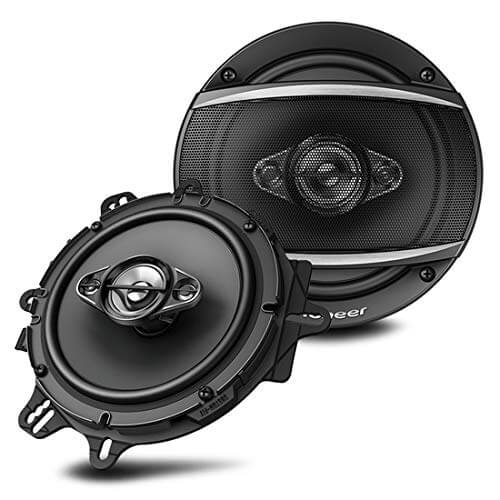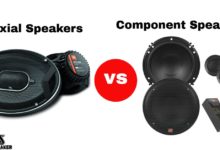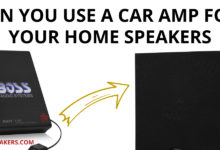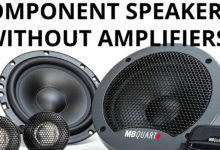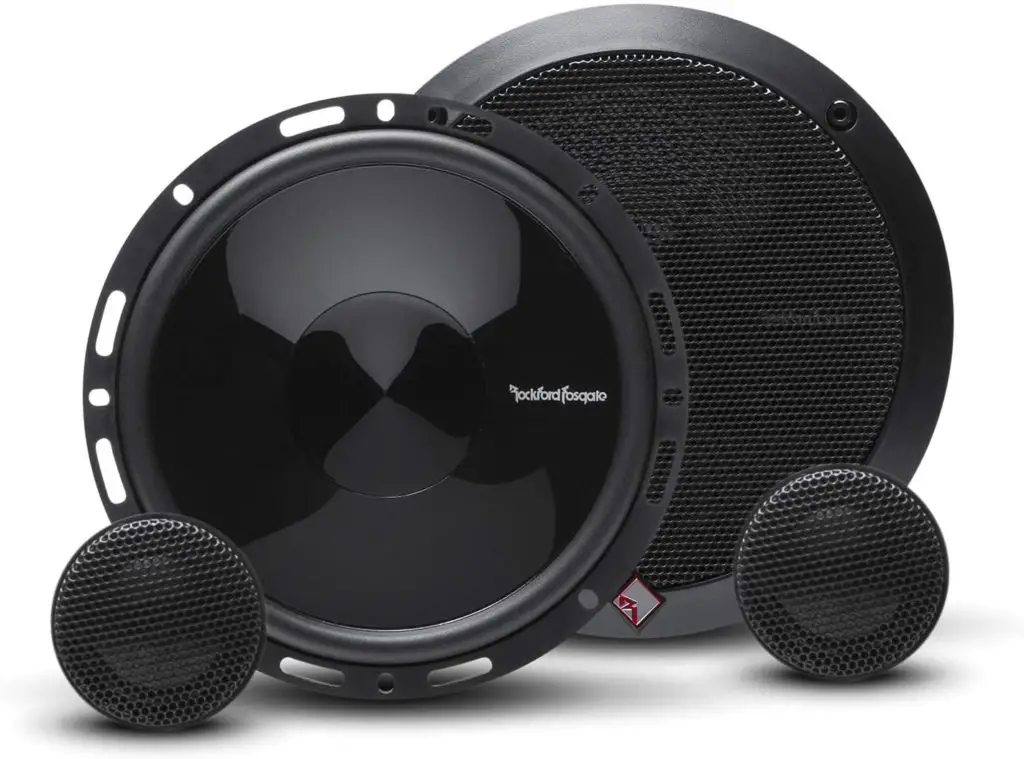In this article, we answer your question about replacing component speakers with coaxial speakers, the Difference Between Component and Coaxial Speakers, the Mixing components, and coaxial speakers.
This is a question that has been asked over the years; well, we are here to put an end to the age-long argument.
If you prioritize high-end audio, you will buy component speakers; therefore, along with an explanation of component versus coaxial speakers substantiating the claim, this article provides information on how to install component speakers in your car.
Also, read on to find out the reasoning for replacing component speakers with coaxial and, furthermore, determining if it’s smart to mix component and coaxial speakers. What Is the Difference Between Component and Coaxial Speakers?
Table of Contents
Can I Mix Coaxial and Component Speakers?
If factory installed in a primary vehicle package, the rear deck speakers are most likely coaxial. After installing the component system in the front doors, you can keep the rear coaxials or replace them with higher-quality coaxial speakers.
But that is not recommended because the sound from the coaxial tweeters will not arrive at the same time as the tweeters from the component system. This causes the music to be a bit disordered sounding.
To overcome this issue, individuals may buy a processor to delay each driver in order to sync them up. Or just cut off the rear coaxial speakers and keep the component speakers going in the front doors. The best resolution is to use coaxial or component but not both in combination.
Component car speakers will achieve the best audio quality in your vehicle due to the separation and location of the frequency drivers, among other reasons.
To install component speakers, you are only limited by your budget and determination to get the most authentic, accurate audio system that your car can handle.
Mixing components and coaxial is mechanically possible and works fine, but audiophiles will not appreciate the lower sound quality.
While replacing component speakers with coaxial is also doable, once again, the sound quality will most certainly be reduced. Go with the component car speaker set for the purest and most enjoyable sound.
Overview
From a big-picture viewpoint, speakers use electromagnets to move the sound, and the drivers translate those signals into vibrations to be heard.
- Coaxial speakers are commonly the default sound system package for your new car. Drivers are located in the same speaker, making coaxials smaller than components. If you buy an upgraded sound system, most likely, there is a component speaker option that you can pay extra to obtain.
- Component speakers separate the drivers into different parts and strategically locate them within the car. The result is a better sound system, albeit a more expensive one.
Terminology
The following speaker terminology should be understood to make an informed decision to purchase and install.
- Crossover filters and splits high and low frequencies and sends them to different speakers.
- Tweeter drivers are designed to produce high-frequency sounds, also known as a treble loudspeaker.
- Woofer drivers, much larger in size than tweeters, are designed to produce low-frequency sounds, also known as bass loudspeakers.
- Midrange drivers produce middle-of-the-road frequency sounds.
- Impedance rating describes the amount of power needed to deliver optimum electrical signals and is measured in ohms.
- Minimum and Maximum Frequency Response, from treble to bass, is the range of tones the speakers can handle, measured in hertz.
- Peak Power Handling is the burst of power sustained without distortion in watts.
- Root Mean Square Power (RMS) is a continuous power sustained without distortion in watts.
- Sound Sensitivity measures how much volume speakers can throw out given the available power. The rating is shown in decibels.
Coaxial Speakers
Electronic Industries, Incorporated, an American company, brought the speaker concept to the forefront in the 1970s. Soon afterward, competing electronics companies produced their own models, popularizing the coaxial design.
A coaxial speaker’s sound reverberates from a single structure. An advantage is that the coaxial will fit into tight spaces, and you don’t need crossovers. Also, coaxial usually costs less.
But a disadvantage is that the sound from the tweeter may arrive, to a small degree, before the sound from the woofer due to the tweeter sitting on top, thereby affecting sound quality.
Component Speakers
Components are not all-in-one, full-range, frequency speaker systems like the coaxial. More aptly described, components can be bought per sets containing crossovers and two-way (tweeter and woofer) or three-way (tweeter, midrange, and woofer) frequency packages.
In addition to superior sound, the advantages of installing component speakers are:
- The flexibility of locating the sets in the vehicle. For sound quality, tweeters are best installed higher on the door than the woofers.
- A crossover divides and delivers separate frequencies to the drivers, which reduces sound distortion.
- Sound is more authentic by splitting frequencies because individual instruments can be heard.
However, the disadvantage is that components are best set up about 12 in (30.48 cm) from the crossover to reduce the possibility of echoing. Also, component sets cost more.
How to Install Component Speakers in a Car
Installation specifics depend on which component set you have purchased for your car
To start, understand the general process flow for a two-way frequency package by following along here:
- Take off car door panels.
- Unhook wires and pull out existing coaxial speakers.
- Attach the crossover to the middle of the door.
- Replace factory coaxials with woofers about the same size at the bottom of the door panel.
- Install tweeters in mounting brackets at the top of the door.
- Connect the original receiver wires, tweeter, and woofer wires to the crossover unit.
- Test system.
- Replace the door panels.
Speaking of amplifiers, factory sound systems generally have small, built-in amplifiers. You may want to install an amplifier with your new component system to increase the power.
Another option is eliminating the crossovers and running your components actively, straight to the woofers and tweeters. The advantage of keeping the crossover is that it protects signals from mixing up frequencies between tweeters and woofers.
After buying component speakers, find the online guide that walks you through the exact installation procedure specific to the brand you purchased.
Can You Replace Component Speakers With Coaxial Speakers?
By replacing component speakers with coaxial, you will lose the ability to separate high and low frequencies and customize the level of treble and bass in your audio.
Also, the sound quality will have less clarity and authenticity of instruments. But on the upside, you will not have as many system pieces to deal with, and it is a quicker install.

